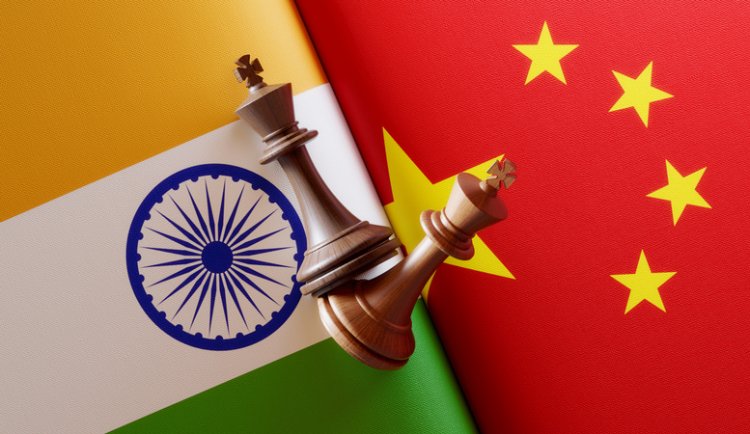India - China: Different Growth Paths but Trade Important
STORIES, ANALYSES, EXPERT VIEWS

The Chinese government has disappointed observers with the projection of a growth target of around 5% in 2023, which is lower than that of last year (5.5%) and even lower than the expected GDP growth for India in 2023 (6.1% according to the International Monetary Fund). This is all the more surprising, write Alicia Garcia Herrero (Adjunct Professor at the Hong Kong University of Science and Technology) “if one considers that India is benefiting from the positive impact of the country reopening after COVID-19 lockdowns while China should benefit from its reopening only this year. Still, growth will remain rather meagre for a simple reason: the Chinese economy is in a process of structural deceleration while India is still enjoying its benefits of its demographic dividend……
“While India and China may not be too different in size and population, growth prospects differ substantially. At the National People’s Congress, Premier Li had to lower the GDP target further; in contrast, India remains resilient. An acceleration of this pattern is to be expected in the next few years, especially if the reshuffling of the value chain continues, pushed by geopolitics and high costs in China.”
Important bilateral trade relations
Nevertheless, in the view of Ma Jia (Chargé d’affaires ad interim, Embassy of the People’s Republic of China, in India) “China and India are important trading partners, with bilateral trade volume reaching $135.984 billion in 2022. Though there is a trade deficit, India’s import of equipment and materials from China does reduce the overall cost of ‘Made-in-India' products, benefits Indian downstream industries and consumers, enhances the competitiveness of Indian exports, and in turn facilitates India’s integration into global industrial and supply chains.
“The Chinese market is open to India, and the Chinese side is happy to see more high-quality Indian goods, cultural and other products entering the Chinese market. Investments by Chinese enterprises have created a large number of jobs for the Indian people and contributed to India’s economic development. We hope that the Indian side could provide a fair, just and non-discriminatory business environment for Chinese companies with their investment and operations in India.”
India discouraging foreign trade settlement in Chinese Yuan
Meanwhile, India has asked banks and traders to avoid using Chinese yuan to pay for Russian imports because of long-running political differences with its neighbour.
India, which has emerged as a top buyer of Russian oil as well as discounted coal, would prefer the use of United Arab Emirates dirhams to settle trade, officials said.
Officials said New Delhi is "not comfortable" with foreign trade settled in yuan but said settlement in "dirham is okay.” Another official said that India cannot allow settlement in yuan till the relations between the two countries improve.
UltraTech Cement deal: Last year India's biggest cement producer UltraTech Cement used Chinese yuan for a cargo of Russian coal, which raised some concerns among officials as relationship between India and China has deteriorated after deadly border clashes in 2020 in the remote Galwan Valley of Ladakh.
The government reviewed the situation with officials of the central bank and bank executives, following the UltraTech deal.
It appears, the Reserve Bank of India (RBI) is not keen on foreign trade settlement in yuan, and confirmed that the government has discouraged them from using the currency.
















